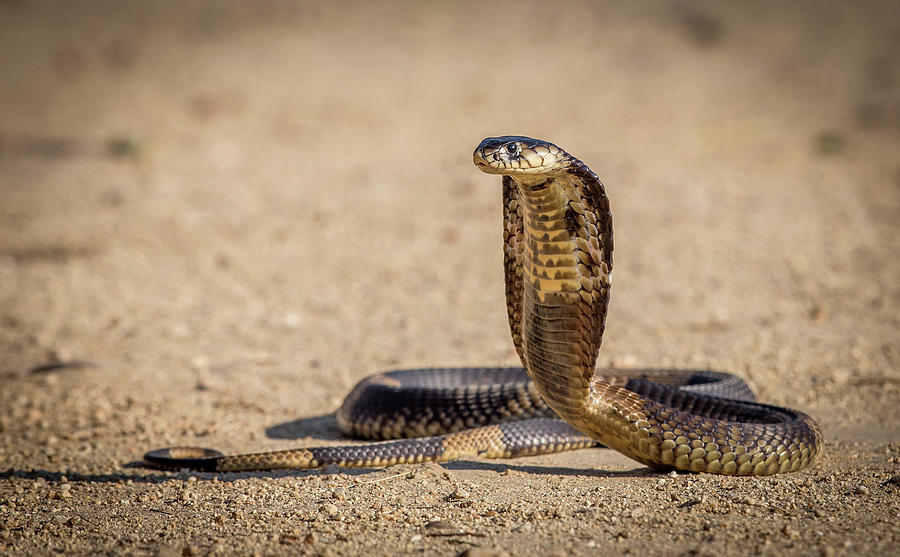Venomous snakes have long been feared and misunderstood creatures, often portrayed as silent killers that strike without warning. However, many venomous species actually employ elaborate warning systems before resorting to a venomous bite. This fascinating aspect of snake behavior reveals a sophisticated evolutionary strategy that benefits both the snake and potential threats. From the iconic rattlesnake’s tail to the cobra’s impressive hood display, these warning mechanisms serve crucial purposes in the snake’s survival toolkit. Understanding why and how these reptiles warn before striking not only helps us appreciate their complex behaviors but also provides valuable knowledge that could prevent dangerous encounters in the wild.
The Evolutionary Purpose of Warning Signals

Warning signals in venomous snakes have evolved as a sophisticated energy conservation strategy. Producing venom requires significant metabolic resources, making each bite “expensive” from an energy standpoint. By warning potential threats before striking, snakes can potentially avoid using their precious venom reserves unnecessarily. This evolutionary adaptation also serves to protect snakes from larger predators that might injure them during an encounter, even if the snake successfully delivers venom. Additionally, these warning behaviors create a learning opportunity within ecosystems, where other animals can associate the warning with danger and avoid future confrontations. From an evolutionary perspective, snakes that can effectively deter threats without engaging in potentially dangerous physical confrontations have a survival advantage.
The Iconic Rattlesnake Warning

The rattlesnake’s signature warning system stands as perhaps the most recognizable acoustic warning in the animal kingdom. The rattle consists of specialized interlocking segments of keratin at the tip of the snake’s tail, which create a distinctive buzzing sound when vibrated rapidly against each other. This remarkable adaptation allows rattlesnakes to create sounds reaching up to 90 decibels—comparable to the noise level of a lawnmower—ensuring their warning can be heard from a safe distance. Young rattlesnakes begin with a single segment called a button, adding a new segment with each shed, though segments can break off over time. The rattling behavior is innate rather than learned, with even captive-born rattlesnakes displaying this warning behavior without ever having observed it from other snakes.
Cobra Hood Displays: Visual Intimidation
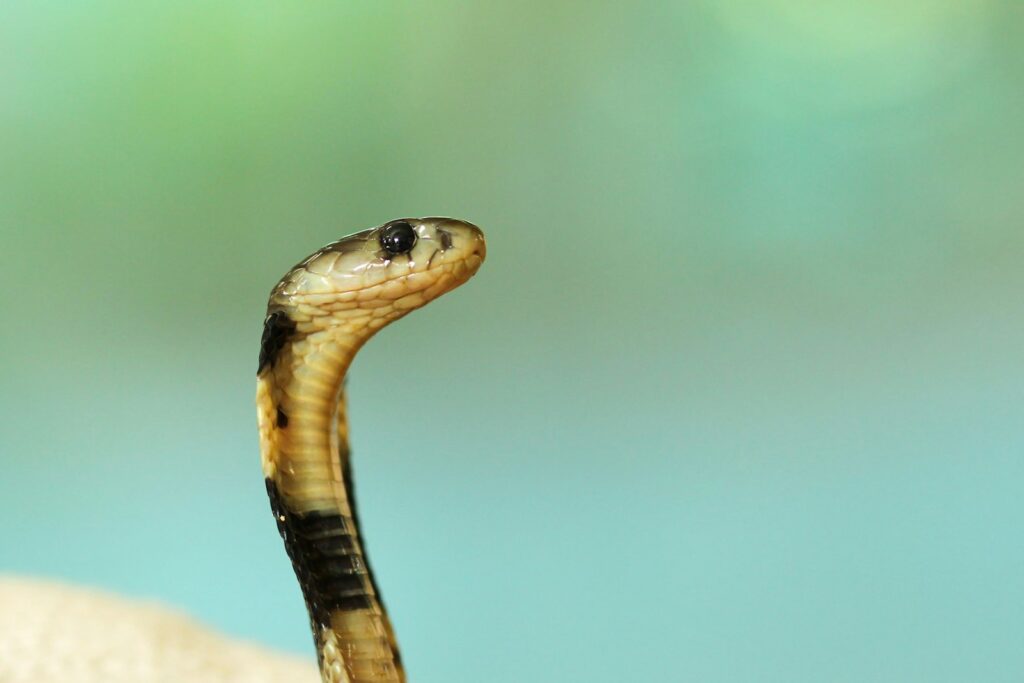
Cobras employ one of the most dramatic visual warning displays in the snake world by expanding specialized ribs behind their heads to create their iconic hood. This impressive display instantly increases the snake’s apparent size, making it appear more formidable to potential threats. The hood expansion is often accompanied by raising the front portion of the body off the ground, further enhancing the intimidation factor. Many cobra species complement this visual display with additional warning signals, such as hissing loudly or, in the case of the spitting cobras, the ability to project venom accurately toward the eyes of a threat. Some species, like the Indian cobra, even display eye-like patterns on the back of their hoods, creating confusion about which end is the snake’s head and potentially deterring predator attacks.
The Puff Adder’s Warning Hiss

The puff adder employs an auditory warning system that effectively communicates danger to potential threats. When disturbed, this venomous viper inflates its body dramatically and releases a loud, sustained hiss that can be heard from several meters away. This warning sound is produced as air is forcefully expelled through the glottis, creating a distinctive hissing that serves as a clear signal to stay away. The sound is often amplified by the snake’s simultaneous visual display of coiling tightly and inflating its body to appear larger. Puff adders can maintain this warning posture for extended periods, demonstrating their preference for deterrence over striking. Their warning system is particularly important given that puff adders are responsible for more snakebite fatalities in Africa than any other species.
Cottonmouth’s Gaping Display
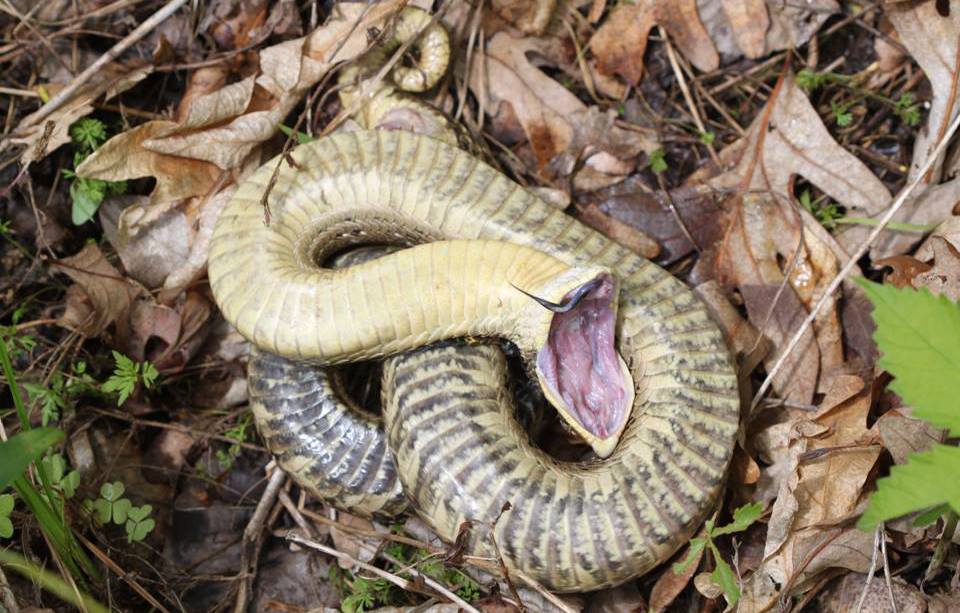
The cottonmouth or water moccasin employs a distinctive warning display by opening its mouth wide to reveal the startling white interior that gives the species its common name. This dramatic “cotton-white” display stands in stark contrast to the snake’s otherwise dark coloration, creating a highly visible warning signal. The display is typically accompanied by the snake coiling its body and vibrating its tail rapidly against leaves or ground cover, producing a buzzing sound similar to a rattlesnake. Cottonmouths will often hold this intimidating posture for extended periods, demonstrating remarkable persistence in their warning behavior. This multi-sensory approach—combining visual and auditory warnings—increases the likelihood that potential threats will recognize and respond to the danger signal before the snake resorts to a defensive bite.
Venomous vs. Non-Venomous Warning Behaviors
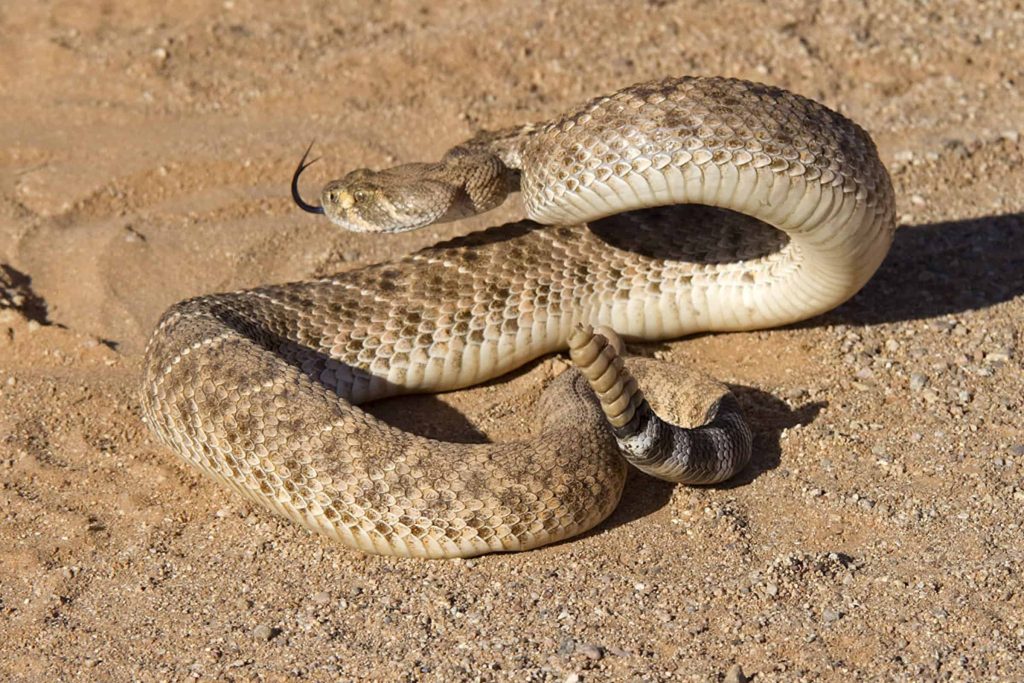
Both venomous and non-venomous snakes display warning behaviors, though significant differences often exist in their approach and execution. Non-venomous species frequently employ bluffing behaviors that mimic the warnings of their venomous counterparts, such as the eastern hognose snake’s cobra-like hood display or the rattlesnake-like tail vibration of many colubrid species. Venomous snakes typically display more consistent and elaborate warning signals, having evolved these behaviors alongside their venom delivery systems as complementary defense mechanisms. Interestingly, some non-venomous species have evolved such convincing mimicry that even experienced herpetologists must look carefully to distinguish them from their venomous models. The effectiveness of warnings in venomous species likely contributes to the evolution of Batesian mimicry, where harmless species gain protection by resembling dangerous ones.
The Psychology Behind Warning Behaviors

Warning behaviors in venomous snakes represent a sophisticated psychological strategy that benefits both the snake and its potential threats. By issuing clear warnings, snakes effectively communicate their defensive capabilities without immediately resorting to violence, creating a mutually beneficial scenario where both parties can avoid a dangerous encounter. These warning displays tap into instinctual fear responses in mammals and birds, triggering immediate recognition of danger even in species with no prior experience with venomous snakes. From the snake’s perspective, warning behaviors reflect a form of graduated response, allowing them to calibrate their defensive reaction proportionally to the perceived threat level. This cognitive flexibility in snake behavior challenges simplistic views of reptiles as merely reactive creatures, suggesting instead a more complex assessment of threats and appropriate responses.
Geographic Variations in Warning Signals

Warning behaviors in venomous snakes show fascinating geographical variations that reflect different evolutionary pressures across habitats. Island-dwelling venomous snakes often display reduced warning behaviors compared to their mainland counterparts, possibly due to fewer predators in their isolated environments. In contrast, venomous snakes in predator-rich environments typically exhibit more elaborate and persistent warning displays. Climate also influences warning behavior, with snakes in colder regions often displaying more pronounced warnings when disturbed during brumation periods when they’re metabolically compromised. Some populations of rattlesnakes living near human development have reportedly evolved quieter rattles, potentially in response to selective pressure from humans killing the more obvious noise-makers. These geographic variations demonstrate the dynamic nature of warning behaviors as adaptations to specific environmental challenges.
The Death Adder’s Tail Lure Warning

The death adder employs a unique approach to warning that begins with a deceptive hunting strategy. These ambush predators use their worm-like tail tip as a lure to attract prey, wiggling it enticingly while the snake remains motionless. However, when threatened, this same tail movement transforms into a warning signal, changing from subtle twitches to rapid, obvious vibrations that clearly communicate the snake’s agitation. This dual-purpose tail behavior represents a remarkable adaptation that serves both offensive and defensive functions. The warning vibration often increases in intensity if the threat persists, giving potential predators multiple opportunities to retreat before the snake delivers a defensive strike. Death adders can maintain this warning display for extended periods, demonstrating their preference for deterrence over envenomation when facing larger threats.
Warning Behaviors in Juvenile Venomous Snakes
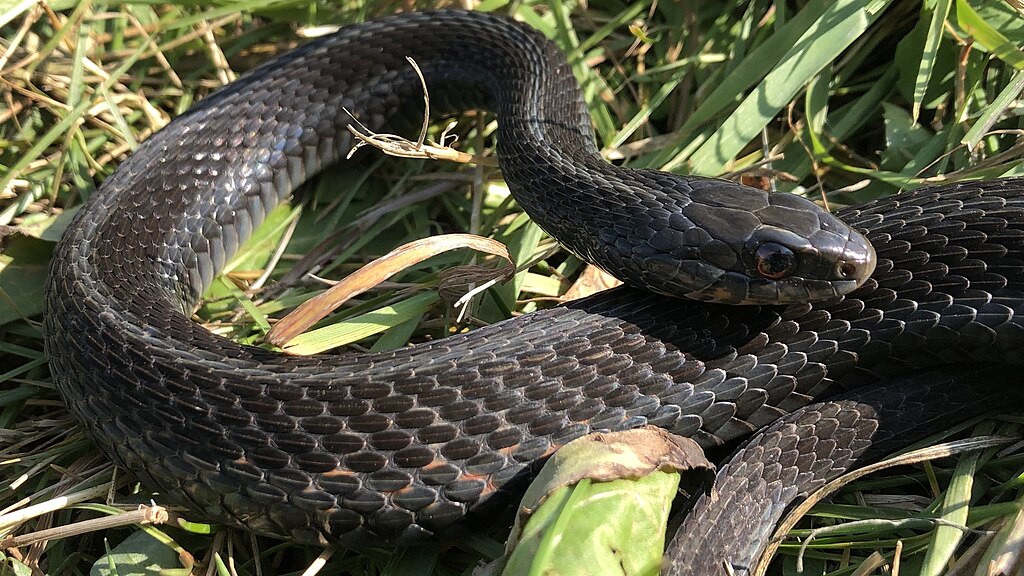
Juvenile venomous snakes often display warning behaviors that differ significantly from their adult counterparts, reflecting their unique vulnerabilities. Young venomous snakes typically exhibit more frequent and intense warning displays despite having less venom and smaller fangs, compensating for their physical limitations with heightened defensive behaviors. Baby rattlesnakes present an interesting case, as their rattles are not fully developed, consisting of only a single segment called a button that produces minimal sound. To compensate, juvenile rattlesnakes often vibrate their tails more vigorously against surrounding vegetation to create noise. Research suggests that juvenile venomous snakes may be more likely to strike after warning compared to adults, possibly due to their greater vulnerability to predation. These age-related behavioral differences highlight how warning displays adapt throughout a snake’s life cycle.
How Humans Misinterpret Snake Warnings

Human misinterpretation of snake warning signals frequently leads to unnecessary conflicts and snake mortality. Many people mistake defensive posturing, such as a cobra’s hood display or a rattlesnake’s rattle, as signs of aggression rather than recognizing them as the snake’s attempt to avoid conflict. This fundamental misunderstanding often leads to preventable snake bites when humans respond by approaching or attempting to kill the snake rather than simply backing away. Cultural mythology and sensationalized media portrayals further distort public perception, depicting snakes as aggressive hunters of humans rather than animals that prefer avoidance. Most tragically, some warning behaviors—particularly the rattlesnake’s distinctive sound—have made these species easier targets for persecution, resulting in populations with reduced warning behaviors in some areas. Education about snake warning behaviors represents an essential component of snakebite prevention programs worldwide.
Warning Behaviors vs. Striking Behaviors
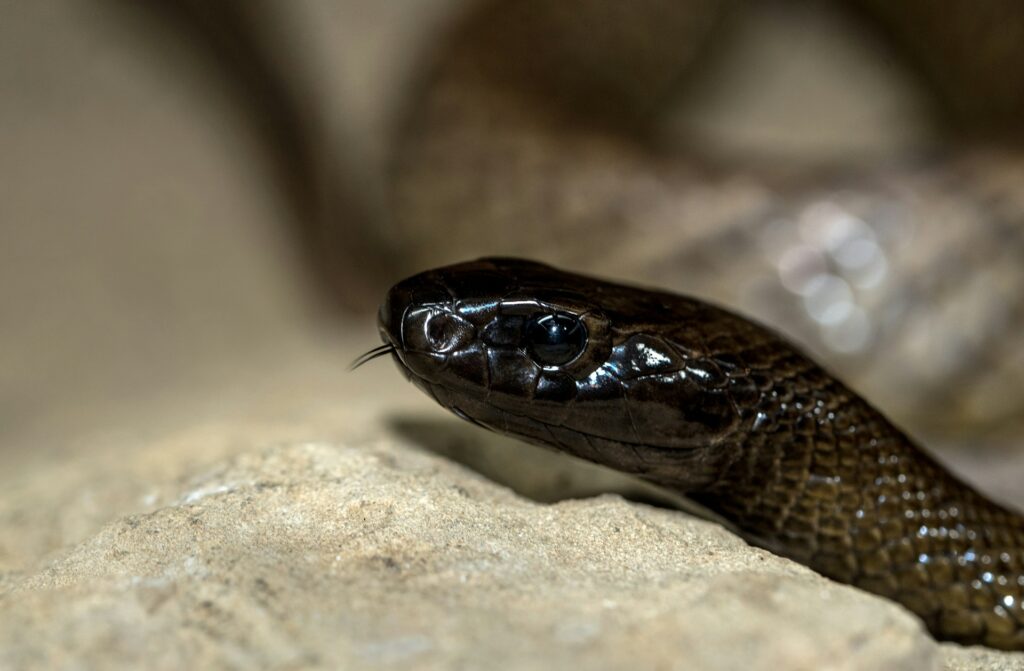
The transition from warning to striking in venomous snakes involves distinct physiological and behavioral shifts that reveal much about their defensive strategy. Warning behaviors typically involve significant energy expenditure and conspicuous movements, making the snake temporarily more vulnerable but potentially preventing a more dangerous confrontation. In contrast, striking behaviors are characterized by explosive muscular movements, precise targeting, and minimal telegraphing of intention once the decision to bite has been made. Most venomous species display a predictable escalation pattern, beginning with attempting to flee, followed by warning displays, and only striking as a last resort when they perceive no alternative. Research indicates that the duration and intensity of warning behaviors often correlate with the snake’s metabolic state, with well-fed snakes generally displaying longer warning sequences before resorting to strikes. Understanding this progression helps explain why most snake bites occur when humans accidentally surprise snakes, giving them insufficient time to deploy their preferred warning behaviors.
Conservation Implications of Warning Behaviors

The warning behaviors of venomous snakes have significant conservation implications in a world where these reptiles face mounting threats. Warning signals that evolved to deter natural predators often fail to protect snakes from vehicles, habitat destruction, and deliberate persecution by humans. Conservation efforts increasingly incorporate education about warning behaviors to foster greater tolerance and appropriate responses when humans encounter venomous species. Some conservation programs have successfully reduced snake mortality by teaching communities to recognize warning signals as opportunities for both human and snake to retreat safely from the encounter. Ironically, the most recognizable warning—the rattlesnake’s rattle—has sometimes worked against these species’ survival by making them easier to locate and kill, highlighting the complex relationship between defensive adaptations and human interactions. Understanding and respecting these warning behaviors represents an important component of coexisting with these ecologically important predators.
Conclusion
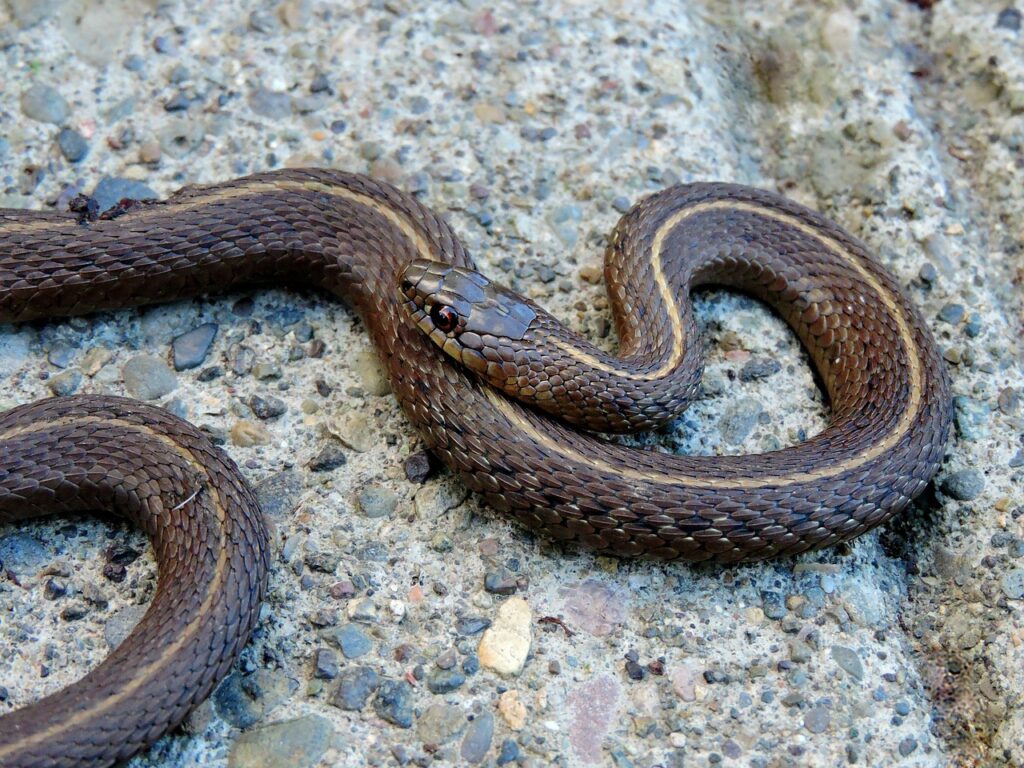
Venomous snakes’ warning behaviors represent remarkable evolutionary adaptations that reveal these animals’ preference for conflict avoidance rather than aggression. From the rattlesnake’s iconic buzz to the cobra’s impressive hood display, these warnings serve multiple purposes: conserving precious venom, preventing injury to the snake, and giving potential threats an opportunity to retreat safely. The sophisticated nature of these warning systems challenges simplistic views of snakes as mindless aggressors and instead portrays them as animals with complex behavioral repertoires finely tuned to their ecological niches. By understanding and respecting these warning signals, humans can dramatically reduce negative encounters with venomous species, promoting safer coexistence with these important but often misunderstood predators. The next time you hear a rattle or see a snake display warning behavior, remember: that snake is trying to communicate with you, offering a chance for both parties to walk away unharmed.

